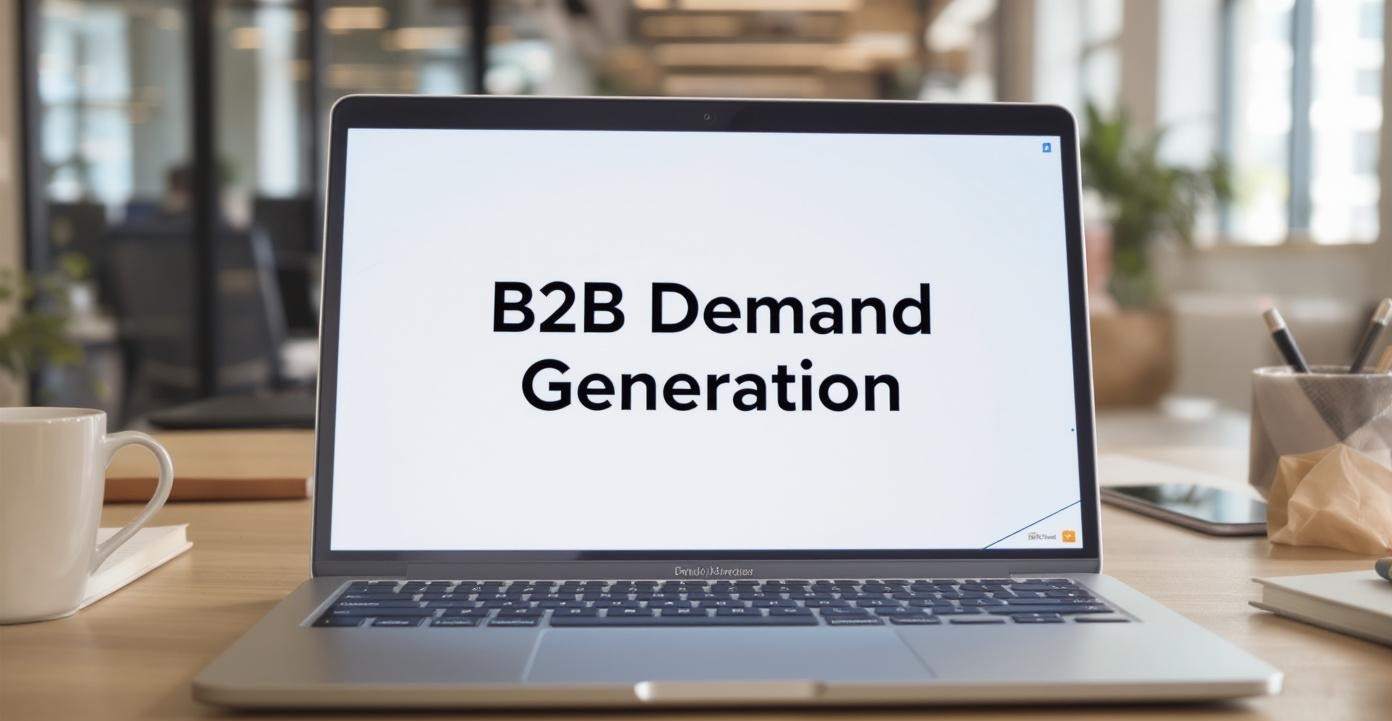A strong Demand Generation Paid Strategy is critical for B2B companies looking to generate qualified leads and drive revenue growth. Paid campaigns allow marketers to target the right audience, present the right message, and deliver offers at the right time. Implementing a structured and data-driven strategy ensures campaigns are cost-effective and generate measurable results.
Define Your Ideal Customer Profile
The foundation of any paid strategy is a clear understanding of your target audience. Use CRM data, website analytics, and social media insights to create detailed buyer personas. Include demographics, company size, job roles, industry, pain points, and buying behavior. Defining the ideal customer ensures your paid campaigns are tailored to engage prospects who are most likely to convert, increasing campaign efficiency and ROI.
Choosing the Right Advertising Channels
Selecting the right platforms is essential for reaching your target audience. LinkedIn Ads is highly effective for B2B targeting, enabling marketers to reach professionals based on job title, industry, and company size. Google Ads allows you to capture intent-driven search traffic, while Facebook Ads provides retargeting opportunities and engagement campaigns. A diversified channel approach ensures broad visibility while reducing reliance on a single platform.
Budget Allocation and Management
Budget allocation plays a significant role in campaign success. Determine the overall budget and allocate it based on channel performance, strategic objectives, and historical results. Reserve a portion of your budget for testing new audiences or ad formats to uncover additional opportunities. Monitoring performance and reallocating resources toward high-performing channels ensures maximum ROI.
Creating Compelling Ad Creative
Ad creative is crucial to capture attention and drive engagement. Develop concise copy with strong headlines, paired with appealing visuals or videos. Messaging should communicate your value proposition clearly and align with the pain points of your target audience. Use A/B testing to identify which combinations of creative, copy, and call-to-action drive the highest engagement and conversions.
Landing Page Optimization
Every paid ad should lead to a dedicated landing page designed to convert visitors into leads. Ensure landing pages have clear headlines, persuasive copy, and a prominent call-to-action. Forms should be simple and request only essential information. Optimized landing pages significantly improve conversion rates and are a key component of a successful demand generation paid strategy.
Tracking Campaign Performance
Monitoring campaign performance is critical to making data-driven decisions. Use tools such as Google Analytics, LinkedIn Insights, and Facebook Pixel to track metrics like click-through rate, cost per lead, and return on ad spend. Regularly reviewing performance data allows marketers to adjust targeting, optimize creative, and improve overall campaign effectiveness.
Audience Segmentation and Retargeting
Segmenting audiences allows for personalized messaging and more effective targeting. Segments can be based on engagement levels, demographics, or behavior. Retargeting campaigns focus on users who previously interacted with your brand but did not convert. Delivering targeted messages to these audiences helps increase conversions while maintaining brand awareness.
Integration with Marketing Automation
Integrating paid campaigns with marketing automation platforms enhances lead nurturing and campaign efficiency. Automated workflows can trigger follow-up emails, provide content recommendations, and score leads based on engagement. This ensures that leads captured through paid campaigns are efficiently guided through the sales funnel, increasing the likelihood of conversion.
Promoting Valuable Content Offers
Offering valuable content such as whitepapers, webinars, eBooks, and case studies can significantly boost lead capture. Paid campaigns drive traffic to these offers, allowing you to provide value while collecting lead information. Aligning content offers with the audience’s stage in the buyer journey increases relevance and improves conversion potential.
Continuous Optimization and Testing
Paid campaigns require ongoing optimization to maximize ROI. Analyze campaign performance regularly, refresh creative, adjust targeting parameters, and experiment with different ad formats. Continuous testing helps identify what resonates with your audience and ensures campaigns remain effective. A culture of iterative improvement allows marketers to stay ahead of competitors and deliver consistent results.
Leveraging Data for Campaign Insights
Data is central to improving paid campaign performance. By analyzing engagement patterns, conversion trends, and demographic insights, marketers can optimize targeting and messaging. Data-driven decisions help maximize ROI and ensure that campaigns remain relevant, cost-effective, and aligned with business goals.
Scaling Successful Campaigns
Once a campaign shows strong performance, scaling it strategically can maximize results. Increase budget allocation for high-performing channels, expand targeting to additional audience segments, and replicate successful creative. Scaling ensures your strategy reaches a wider audience while maintaining campaign efficiency and effectiveness.
Personalization and Dynamic Messaging
Incorporating personalization into paid campaigns enhances engagement and conversion. Dynamic messaging that adapts based on user behavior, industry, or location creates a more relevant experience for the audience. Personalized campaigns foster stronger connections with prospects and improve the likelihood of converting leads into customers.
About Us : Acceligize is a global B2B demand generation and technology marketing company helping brands connect with qualified audiences through data-driven strategies. Founded in 2016, it delivers end-to-end lead generation, content syndication, and account-based marketing solutions powered by technology, creativity, and compliance.
